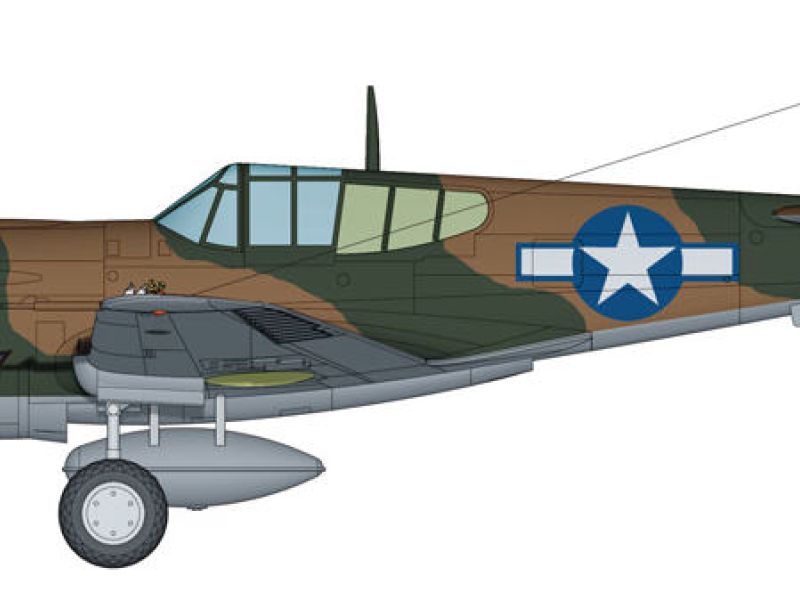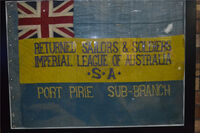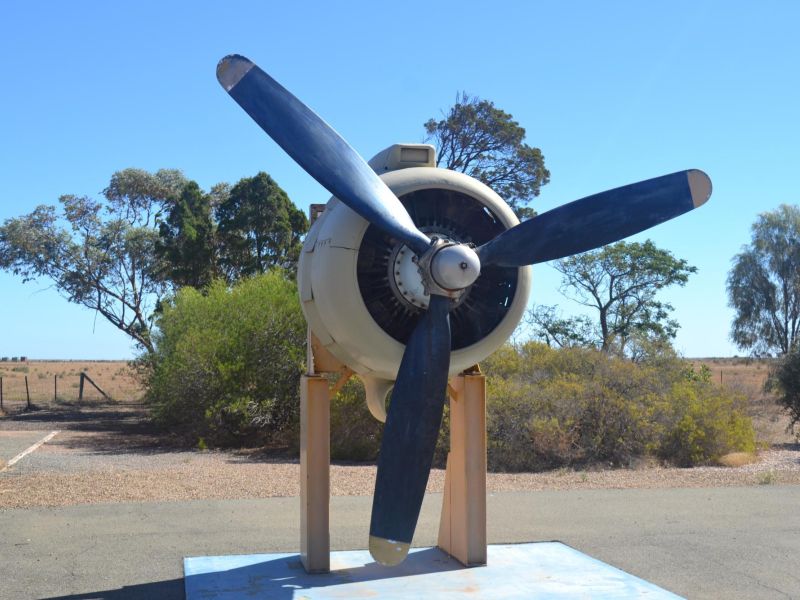No. 5 Central Recovery Depot
No. 5 Central Recovery Depot (CRD) was formed at Mallala, South Australia on the 1st of February 1944 under its Commanding Officer TM Carroll with a strength of 28 airmen and 3 WAAAFs. A further 33 airmen and 1 WAAAF of 5 CRD were attached to No 2 Operational Training Unit at Mildura.
No. 5 CRD had detachments at Waymouth Street, Adelaide known as Detachment A and another at Parafield, in South Australia. Discussions were held on the 29th March 1944 regarding a possible move to Gawler but this did not proceed. Parafield was also found to be unsuitable after an inspection.
Orders were received on the 6th September 1944 for No. 5 CRD to relocate to Port Pirie, South Australia. Flying Officer Johnson led an advance party to Port Pirie on the 11th September 1944. The move to Port Pirie was completed by the 17th September 1944. A three man rear guard was left behind at Mallala to service Fairey Battle aircraft.
Salvage work commenced immediately whilst decisions on the final location for the depot was discussed. Pilot Officer Johnson travelled to Ceduna to assess damage to a P-40 Kittyhawk.
Recovery operations for No. 5 CRD extended to places such as Cooks Plains, Mount Bryan, Ceduna, Yunta, Murray Bridge, Broken Hill and Alice Springs to recover Fairey Battle, Vultee Vengeance, Kittyhawk, Spitfire, Beaufort, Tiger Moth and Lockheed Hudson aircraft. At the end of 1944, the strength of the unit was 142 officers and other ranks, and the unit reached peak strength of 228 in January 1946.
During December 1945 plans were made for members of the depot to assist with the closure of inland fuel depots at Port Pirie, Crystal Brook and Gladstone. Additional tasks undertaken by the unit was the storage of aircraft where in November and December Avro Anson aircraft arrived.
No. 5 CRD ceased to function on the 10th January 1946 and was reduced to a nucleus basis. When it was renamed Care and Maintenance Unit, Port Pirie on the 15th March 1946, the strength of the unit had dropped to 95 officers and other ranks further reducing to 4 during September where its chief function was listing and segregation of aircraft and equipment for Commonwealth Disposal Commission auctions.
- Units of the Royal Australian Air Forces – A Concise History Vol. 7 – Maintenan… http://airpower.airforce.gov.au/APDC/media/PDF-Files/Air%20Force%20Publications…

 RSL (Port Pirie Sub Branch) Inc.
RSL (Port Pirie Sub Branch) Inc.